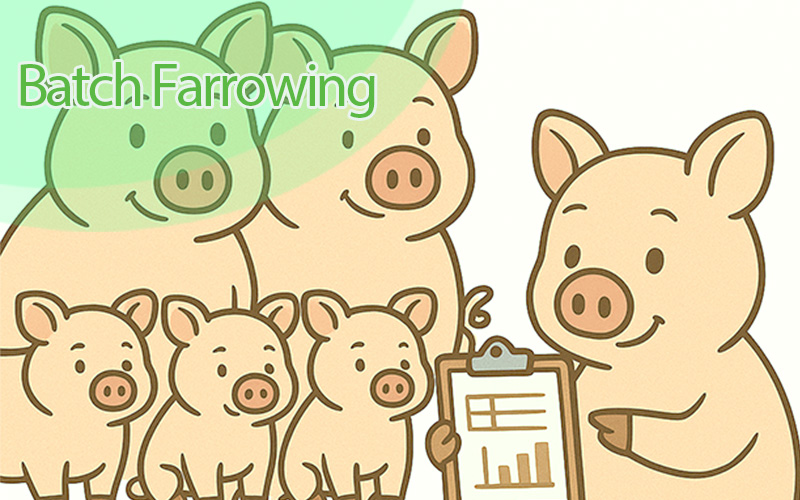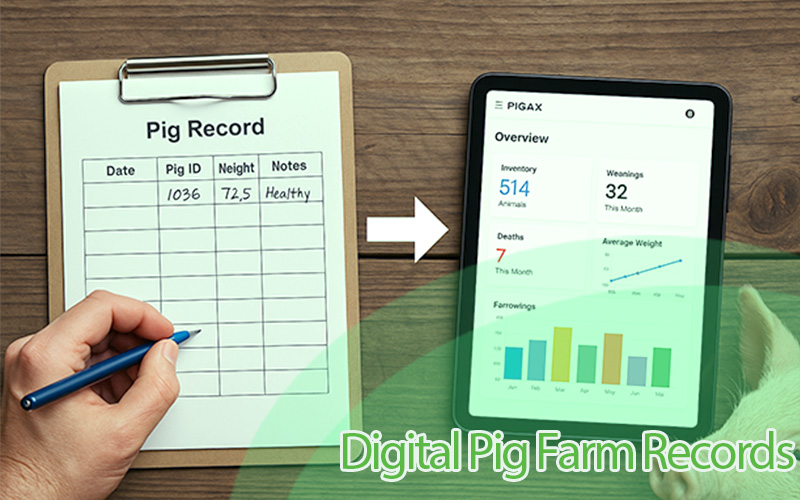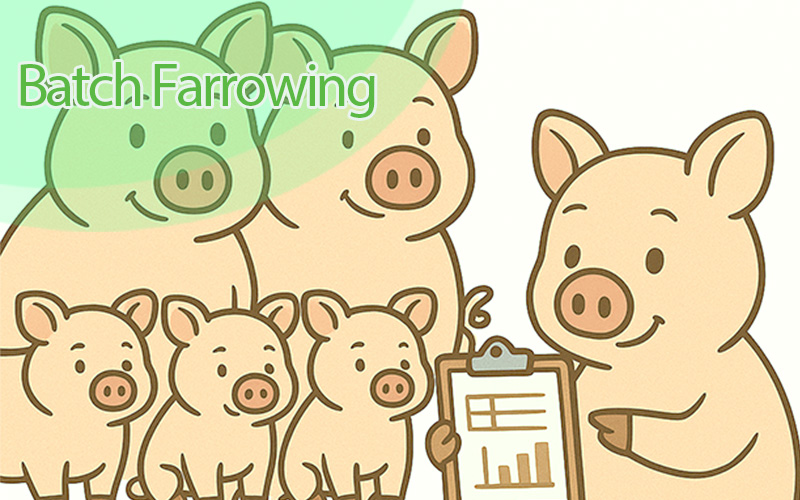Enhancing farm efficiency with pig management software
In today's rapidly evolving agricultural landscape, farm efficiency plays a crucial role in maximizing productivity and profitability. The integration of technology into modern farming practices has revolutionized the way farmers manage their operations. One such technology that has gained significant popularity is pig management software. This article delves into the importance of farm efficiency, and the challenges in pig farming, and provides an introduction to pig management software as a solution to these challenges
Understanding the Challenges in Pig Farming
Pig farming poses several challenges that can impact farm efficiency. One of the primary challenges is the high labor requirements associated with daily tasks and responsibilities. Farmers must meticulously monitor and track the health of their pigs to ensure optimal well-being. This includes activities such as feeding, weighing, and administering medication.
Additionally, data management and analysis present another obstacle. Pig farms generate vast amounts of data, which must be effectively managed and analyzed to identify trends and patterns for better decision-making.
Benefits of Implementing Pig Management Software
Automated data collection: This eliminates the need for manual record-keeping, reducing the likelihood of errors and saving valuable time. Furthermore, pig management software provides a centralized data management system, ensuring easy access and efficient organization of crucial farm data.
Easier health monitoring: Real-time alerts and notifications enable farmers to respond to any deviations from normal pig health indicators promptly. This proactive approach not only improves disease prevention but also aids in the early detection of health issues. By identifying potential problems at an early stage, farmers can minimize the impact on pig health and overall productivity.
Optimal resource allocation: It includes features such as feed management and ration optimization, ensuring that pigs receive the appropriate nutrients for their growth and well-being. Additionally, the software aids in efficient waste management, promoting environmental sustainability by minimizing the impact of pig farming on the surrounding ecosystem.
Key Features of Pig Management Software
Data analytics and reporting: Pig management software provides performance metrics and benchmarks, enabling farmers to evaluate the productivity and growth of their pigs. Historical trends and predictive analytics help identify patterns and anticipate potential issues, empowering farmers to make data-driven decisions. This comprehensive analysis enhances operational efficiency and strategic planning.
Animal tracking and identification: This utilizes RFID tags and electronic ear tags. These tags enable farmers to individually track and identify pigs, allowing for precise monitoring and streamlined record-keeping. With this feature, farmers can maintain comprehensive health records for each pig, enabling them to make informed decisions regarding their care.
Inventory and supply chain management features: Farmers can effortlessly track feed and medication, ensuring a seamless supply chain and reducing the risk of shortages. This helps farmers be proactive regarding feed suppliers and can contact suppliers once feed supplies get to reorder level.
Selecting the Right Pig Management Software
Choosing the most suitable pig management software requires careful consideration. Farmers should assess their specific needs and requirements based on factors such as farm size and the number of pigs. Additionally, identifying specific goals and objectives will help determine the features and functionalities required from the software. Here are some factors to consider.
User-friendly interface and navigation: When evaluating software options, farmers should prioritize ones with a user-friendly interface. Intuitive software minimizes the learning curve for farm staff and promotes efficient utilization. Customization and scalability are also crucial factors to ensure that the software can adapt to evolving farm needs.
Setup Cost: Farmers must assess both the initial setup costs and ongoing maintenance fees associated with the software. It is essential to evaluate potential savings and efficiency gains that the software can provide in the long run. Small and medium-scale pig farms can opt for relatively affordable software like Pigax which even have a free version.
Tech support: Look for software that offers tech support. Pig management Softwares that offers tech support assists farmers in case of any issues that may be difficult to handle on the software. This gives farmers a confident approach to handling advanced farm operations.
Implementing Pig Management Software on the Farm
The successful implementation of pig management software involves careful planning and preparation. Data migration and system integration must be executed smoothly to ensure the transfer of existing data to the new software. Furthermore, thorough training of farm staff is vital to ensure their proficiency in using the software's features effectively.
Challenges may arise during the implementation phase, such as resistance to change and technology adoption. To overcome these challenges, farmers should emphasize the benefits and advantages of the software to their staff. Additionally, access to reliable technical support and troubleshooting resources is crucial in addressing any issues promptly.
Monitoring and optimizing system performance is an ongoing process. Regular software updates and upgrades should be applied to ensure the software remains up to date with the latest advancements. Feedback from farm staff and continuous improvement efforts will contribute to the refinement of the software's functionality and usability.
Conclusion
In conclusion, pig management software plays a pivotal role in enhancing farm efficiency in pig farming operations. It streamlines farm operations, facilitates pig health monitoring, and optimizes resource allocation. By tracking individual pig health records and providing data analytics capabilities, the software empowers farmers to make data-driven decisions. Selecting the right software involves assessing farm needs and evaluating software options. The successful implementation of pig management software requires thorough planning, overcoming challenges, and continuous monitoring and optimization. By embracing technology, farmers can unlock the full potential of their pig farming operations, contributing to a more sustainable and prosperous future.




